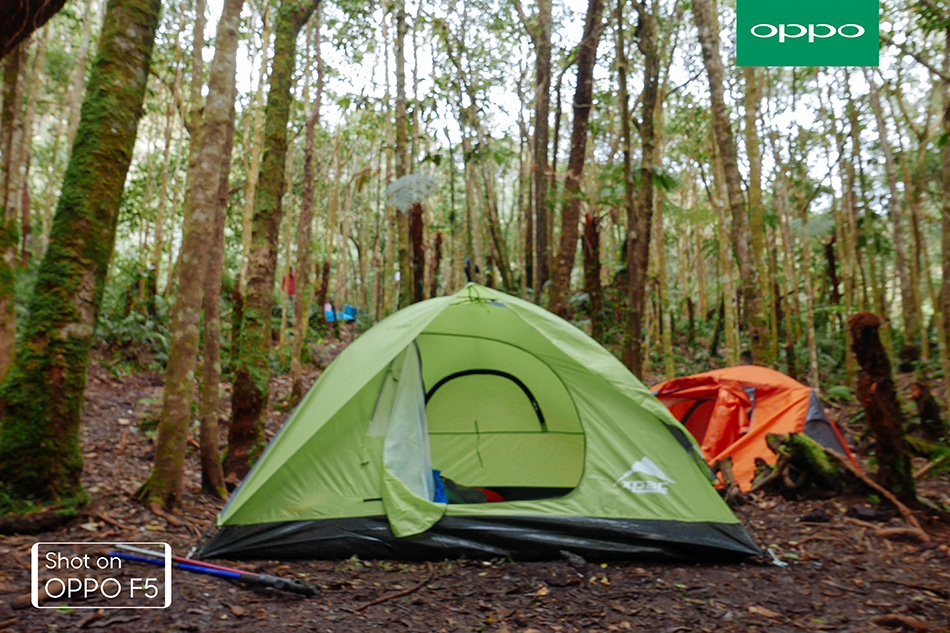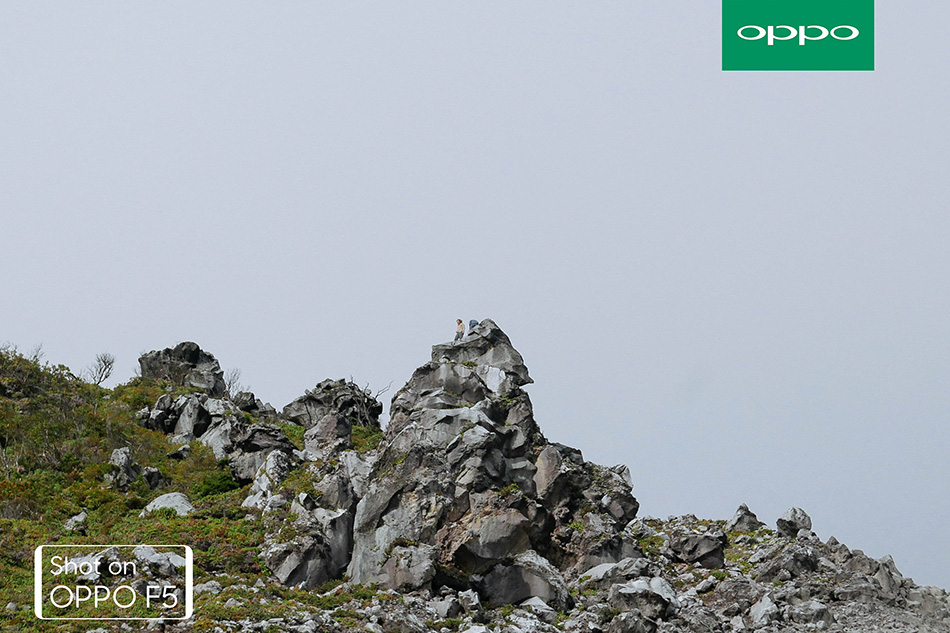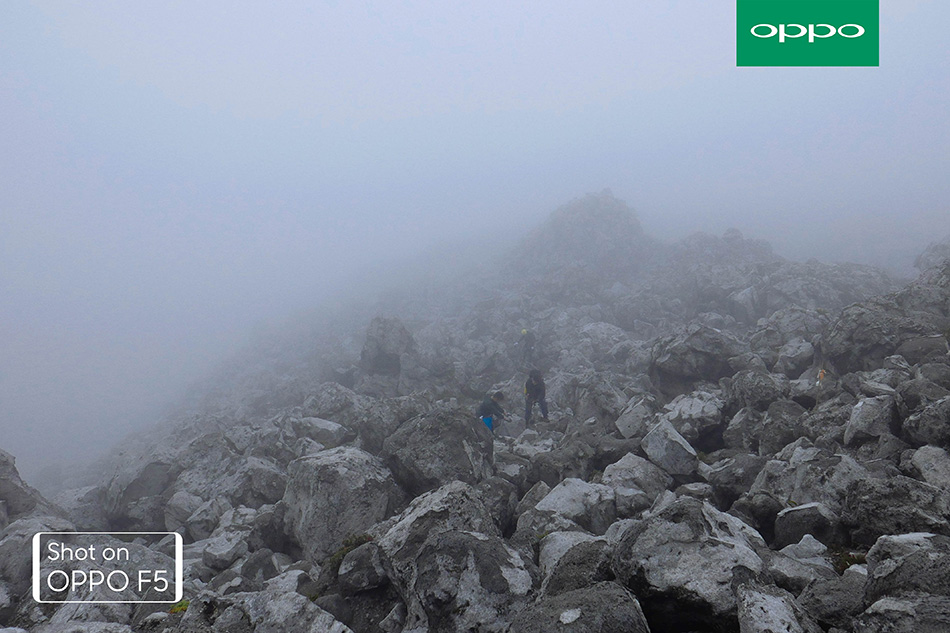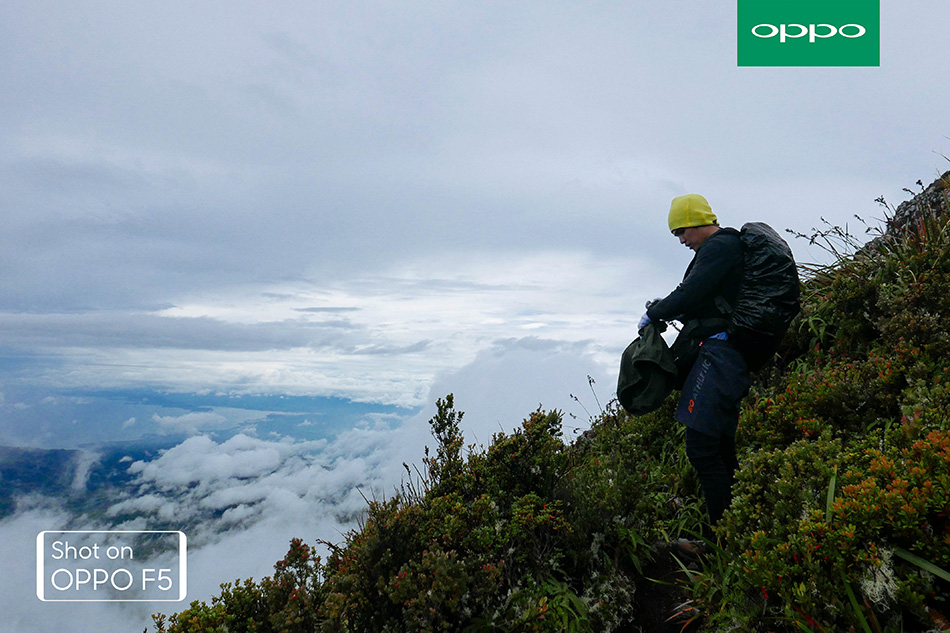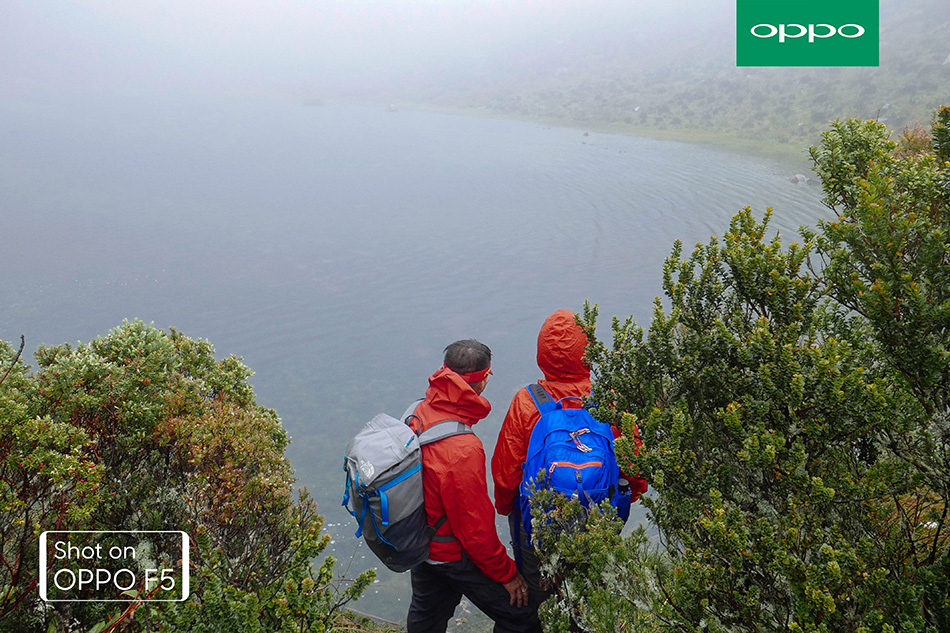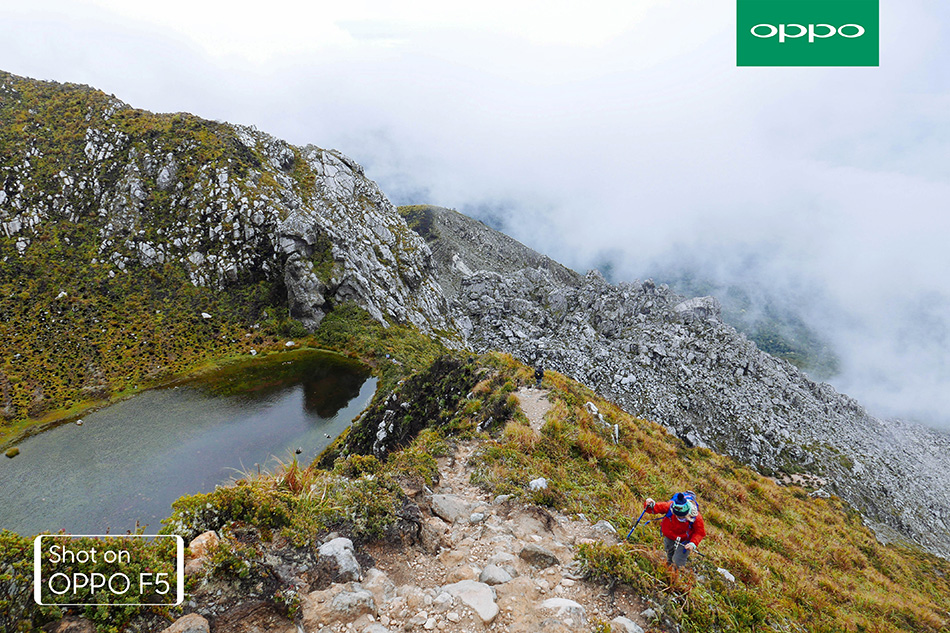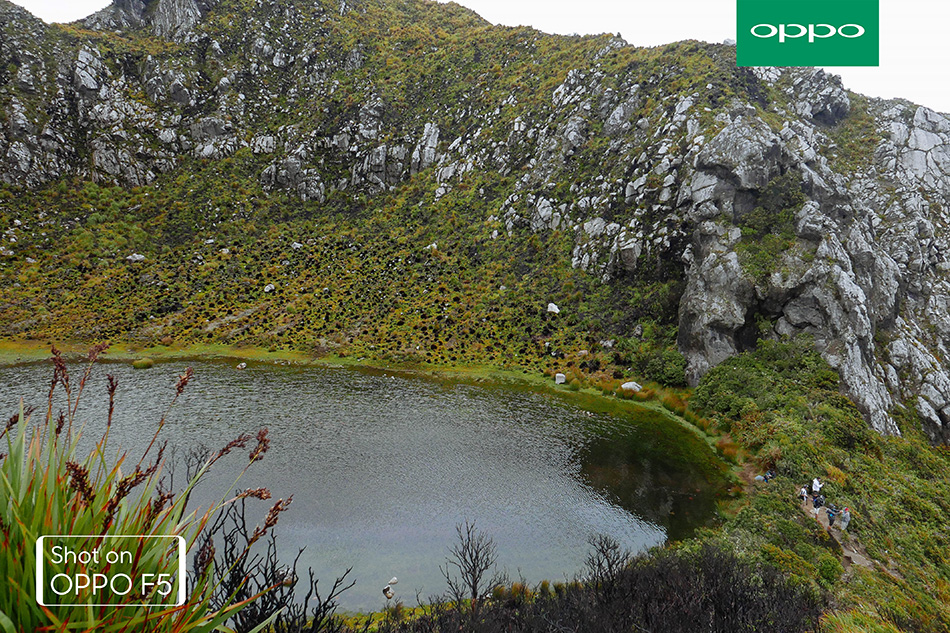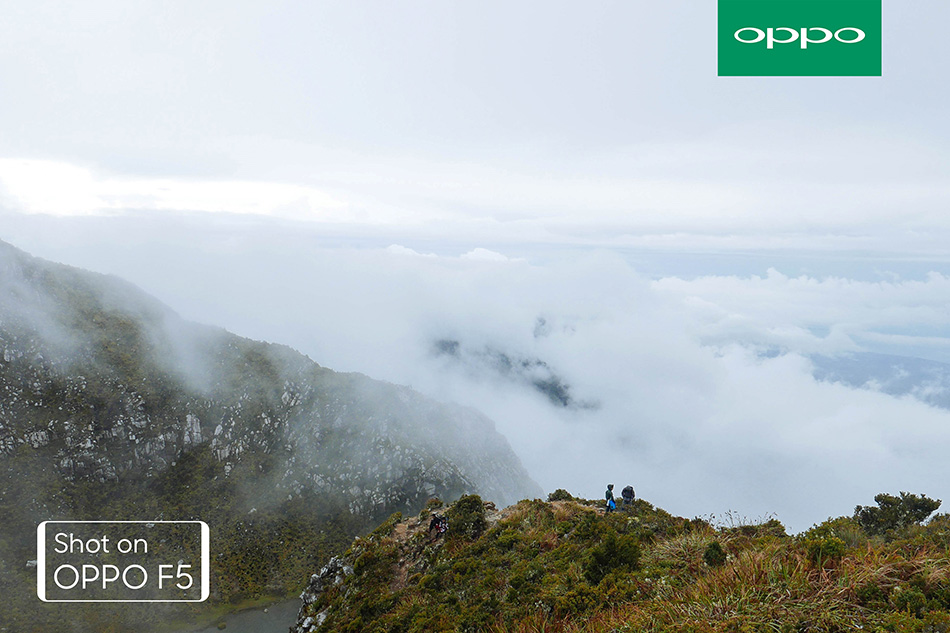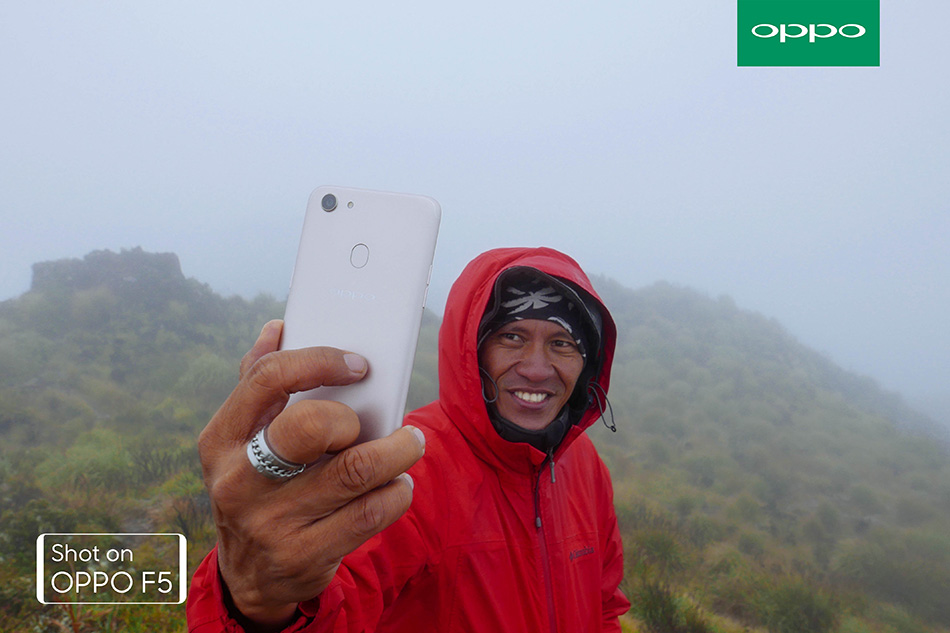Must-sees when trekking on the 'grandfather' of Philippine mountains | ABS-CBN
ADVERTISEMENT

Welcome, Kapamilya! We use cookies to improve your browsing experience. Continuing to use this site means you agree to our use of cookies. Tell me more!
Must-sees when trekking on the 'grandfather' of Philippine mountains
Must-sees when trekking on the 'grandfather' of Philippine mountains
OPPO
Published Feb 15, 2018 03:41 PM PHT
|
Updated Feb 23, 2018 07:43 PM PHT
Almost a year after it recovered following a 100-hectare forest fire, Mt. Apo remains one of the hardest climbs to conquer among the steep mountains of Mindanao island.
Almost a year after it recovered following a 100-hectare forest fire, Mt. Apo remains one of the hardest climbs to conquer among the steep mountains of Mindanao island.
Dubbed the "grandfather of Philippine mountains" by trekkers, Mt. Apo is not only the highest mountain in the country, but is also home to the largest eagle in the world--the Philippine Eagle or monkey-eating eagle, as well as a wide variety of flora and fauna.
Dubbed the "grandfather of Philippine mountains" by trekkers, Mt. Apo is not only the highest mountain in the country, but is also home to the largest eagle in the world--the Philippine Eagle or monkey-eating eagle, as well as a wide variety of flora and fauna.
To reach the summit, trekkers can use either of the two main routes from different sides of the mountain: the Kidapawan trail in Cotabato, and the Kapatagan trail in Davao, both leading to scenic views as people go to higher altitudes.
To reach the summit, trekkers can use either of the two main routes from different sides of the mountain: the Kidapawan trail in Cotabato, and the Kapatagan trail in Davao, both leading to scenic views as people go to higher altitudes.
Tourism officials usually recommend a three-to-four day trek for beginners and enthusiasts, who will need to pay for permits and a guided tour.
Tourism officials usually recommend a three-to-four day trek for beginners and enthusiasts, who will need to pay for permits and a guided tour.
ADVERTISEMENT
The Davao edition of ABS-CBN's upcoming "Lakwatsero Vlogs" will take on an expedition to the reach the summit of the highest mountain in the country. The "Lakwatsero Vlogs" team flew via Cebu Pacific to Davao City, the carrier's primary hub in Mindanao. Mountaineers can fly direct to Davao via Cebu Pacific flights from Bacolod, Cagayan de Oro, Cebu, Dumaguete, Iloilo, Manila, Tacloban, Zamboanga and Singapore.
The Davao edition of ABS-CBN's upcoming "Lakwatsero Vlogs" will take on an expedition to the reach the summit of the highest mountain in the country. The "Lakwatsero Vlogs" team flew via Cebu Pacific to Davao City, the carrier's primary hub in Mindanao. Mountaineers can fly direct to Davao via Cebu Pacific flights from Bacolod, Cagayan de Oro, Cebu, Dumaguete, Iloilo, Manila, Tacloban, Zamboanga and Singapore.
Here are snapshots of what trekkers should expect to see and experience en route to the highest peak of the Philippines.
Here are snapshots of what trekkers should expect to see and experience en route to the highest peak of the Philippines.
1. Tudaya falls
Touted as one of the highest and most beautiful waterfalls in the Philippines, Tudaya Falls’ distinct one tier waterfall, 150 meters from the ground, gushes into a basin of crystal clear water. Hikers can rest and get refreshed by the falls and take a swim before reaching the first campsite of the day.
Touted as one of the highest and most beautiful waterfalls in the Philippines, Tudaya Falls’ distinct one tier waterfall, 150 meters from the ground, gushes into a basin of crystal clear water. Hikers can rest and get refreshed by the falls and take a swim before reaching the first campsite of the day.
2. Bagobo tribe
The Bagobo tribe is one of the largest indigenous groups in southern Mindanao and call Mt. Apo home. According to the National Commission for Culture and the Arts (NCCA), the Bagobos are composed of three sub-groups: Tagabawa, Clata or Guiangan, and Ubo, whose cultures and traditions vary in small ways, such as in their dialects, costumes, music, and traditional dance.
The Bagobo tribe is one of the largest indigenous groups in southern Mindanao and call Mt. Apo home. According to the National Commission for Culture and the Arts (NCCA), the Bagobos are composed of three sub-groups: Tagabawa, Clata or Guiangan, and Ubo, whose cultures and traditions vary in small ways, such as in their dialects, costumes, music, and traditional dance.
Since their early days, the tribe has occupied areas around the Davao Gulf and have become the predominant inhabitants of the mountain ranges and slopes of Mt. Apo. A visit to one of their communities is allowed while on a trek to the summit. Guests can interact with the Bagobo tribes people or watch them go about their daily duties, such as weaving clothes using abaca.
Since their early days, the tribe has occupied areas around the Davao Gulf and have become the predominant inhabitants of the mountain ranges and slopes of Mt. Apo. A visit to one of their communities is allowed while on a trek to the summit. Guests can interact with the Bagobo tribes people or watch them go about their daily duties, such as weaving clothes using abaca.
3. Sulfuric boulders
Mt. Apo’s terrain is composed of boulders and dramatic rock formations scattered along the steep mountain range. Between some of these rocks are sulfuric vents and columns. This part of the trail can be a challenge for novice climbers. Guides recommend using face masks to avoid suffocating on the sulfur gas coming from the active vents.
Mt. Apo’s terrain is composed of boulders and dramatic rock formations scattered along the steep mountain range. Between some of these rocks are sulfuric vents and columns. This part of the trail can be a challenge for novice climbers. Guides recommend using face masks to avoid suffocating on the sulfur gas coming from the active vents.
But for more experienced climbers, the risk has great reward as these sulfuric gases make for great scenery and arresting photos.
But for more experienced climbers, the risk has great reward as these sulfuric gases make for great scenery and arresting photos.
4. Lake Venado
Lake Venado is located at the foot of Mt. Apo, facing the province of North Cotabato. It was formed from the old crater of Mt. Apo, rising 7,200 feet above sea level with a maximum depth of 20 feet.
Lake Venado is located at the foot of Mt. Apo, facing the province of North Cotabato. It was formed from the old crater of Mt. Apo, rising 7,200 feet above sea level with a maximum depth of 20 feet.
The Department of Tourism considers Lake Venado to be the highest in the country. Due to its high altitude, the water in the lake can be freezing cold, so swimming is not allowed.
The Department of Tourism considers Lake Venado to be the highest in the country. Due to its high altitude, the water in the lake can be freezing cold, so swimming is not allowed.
***
***
New episodes of "Lakwatsero Vlogs," are posted in news.abs-cbn.com every Monday, Wednesday and Friday at 6 p.m.
Here are a few of the past webisodes of "Lakwatsero", where Robi captured great moments in Mindanao.
Watch out for more episodes on the ABS-CBN News Facebook page, the ABS-CBN News YouTube Channel, and news.abs-cbn.com/life.
Watch out for more episodes on the ABS-CBN News Facebook page, the ABS-CBN News YouTube Channel, and news.abs-cbn.com/life.
ADVERTISEMENT
ADVERTISEMENT



